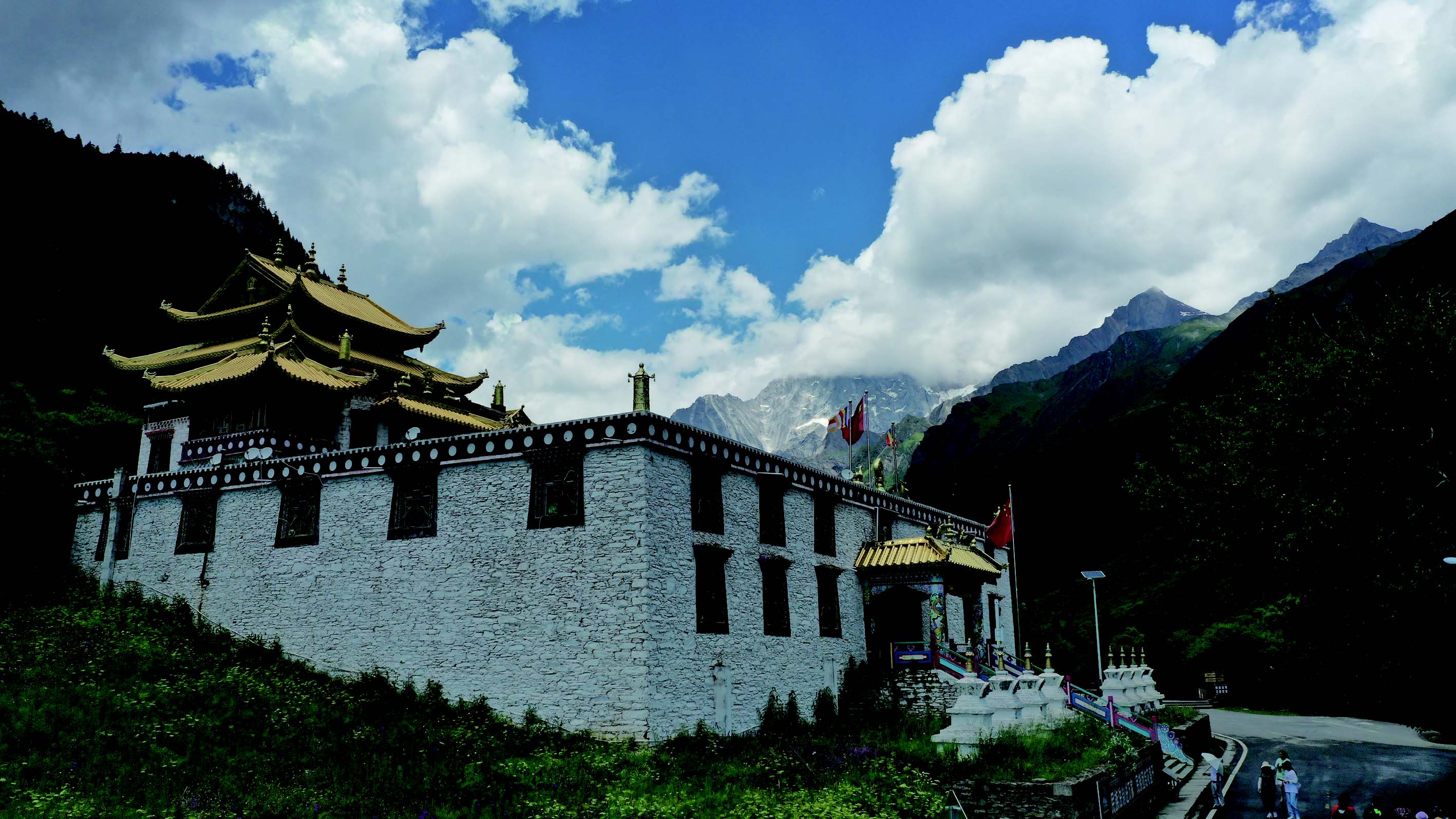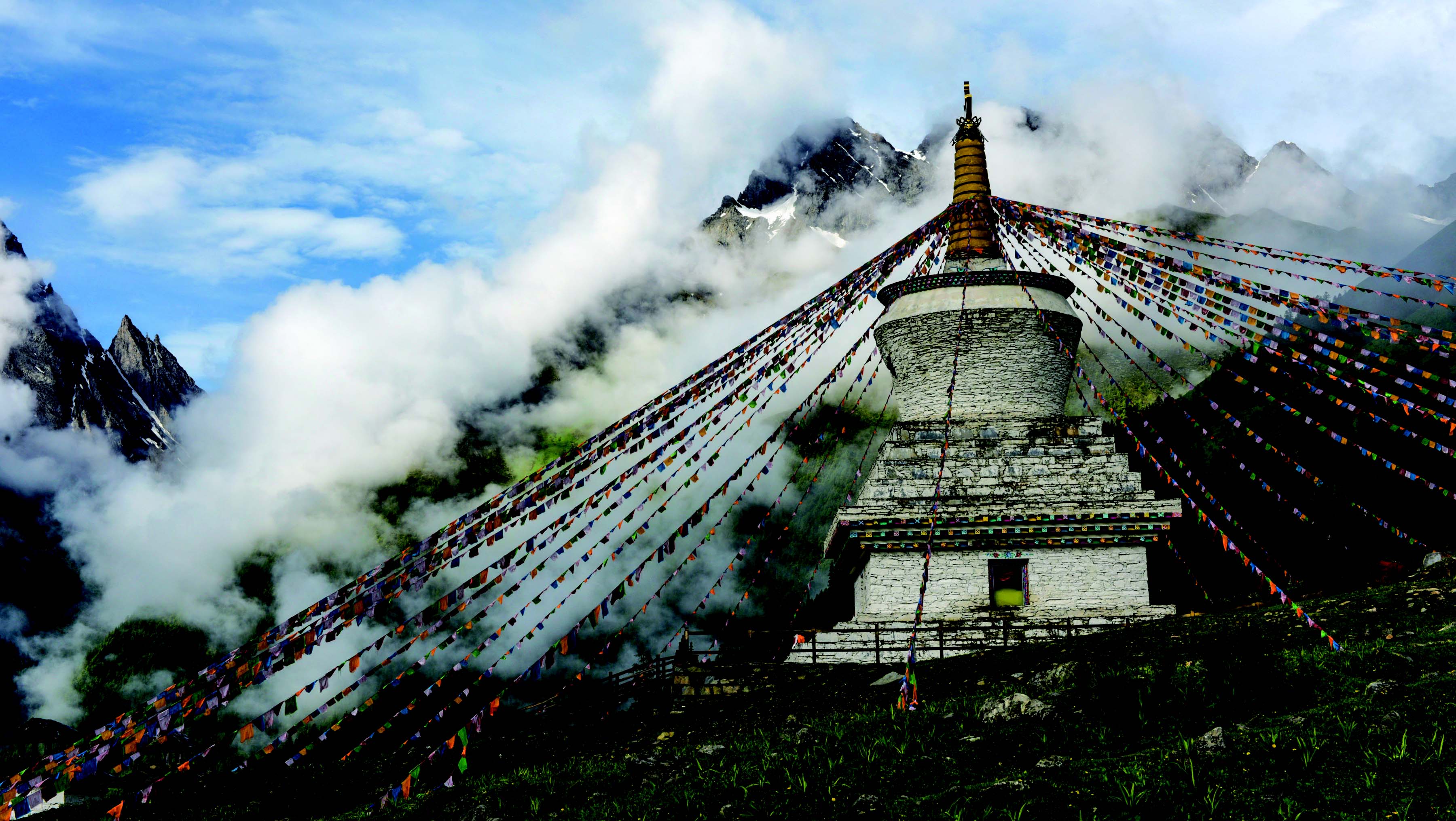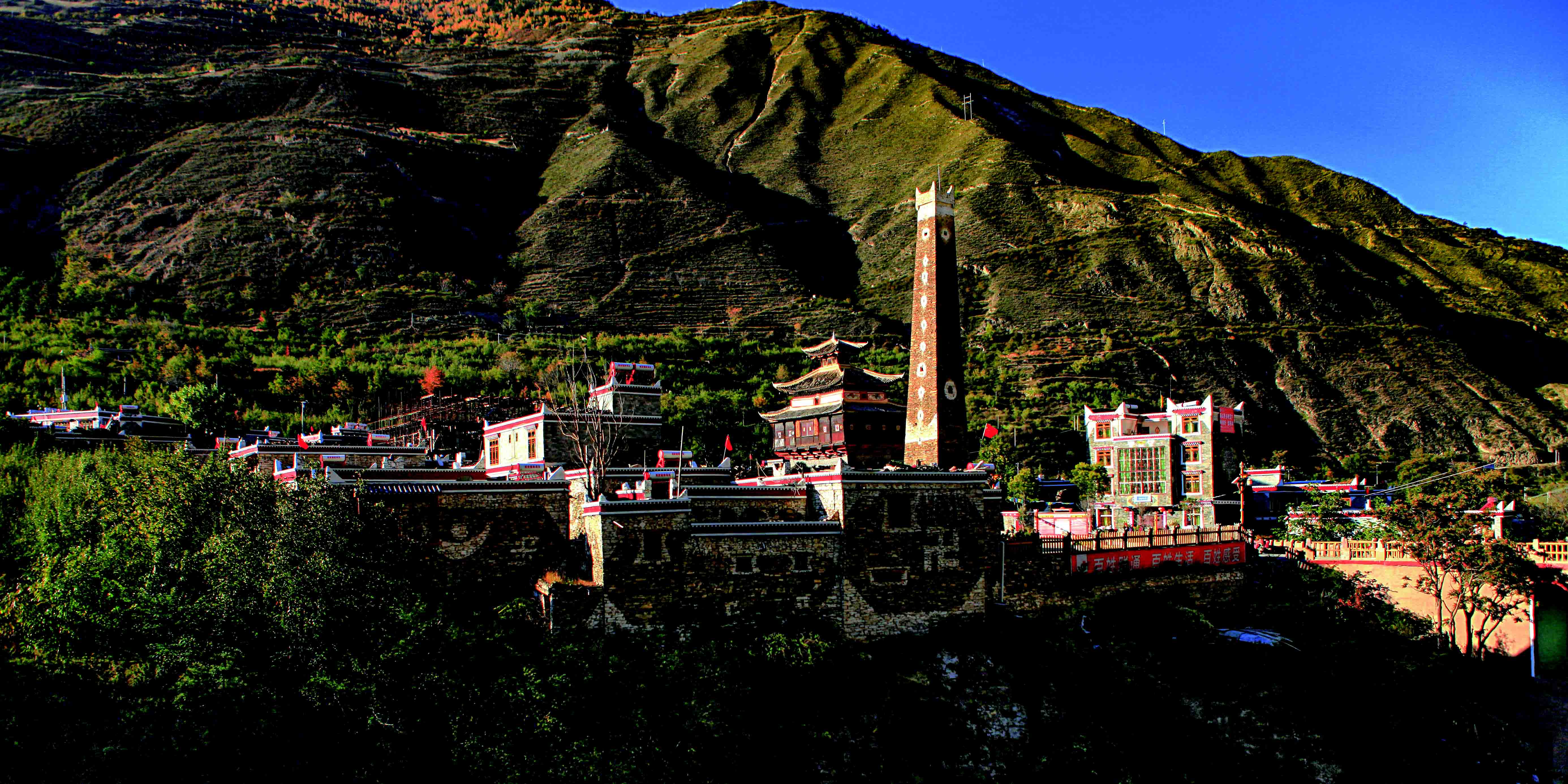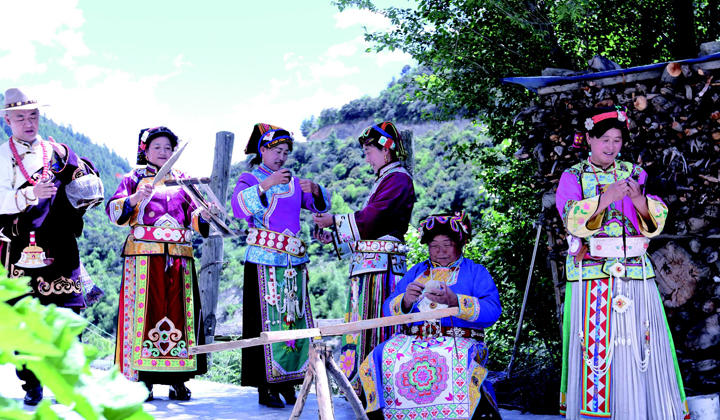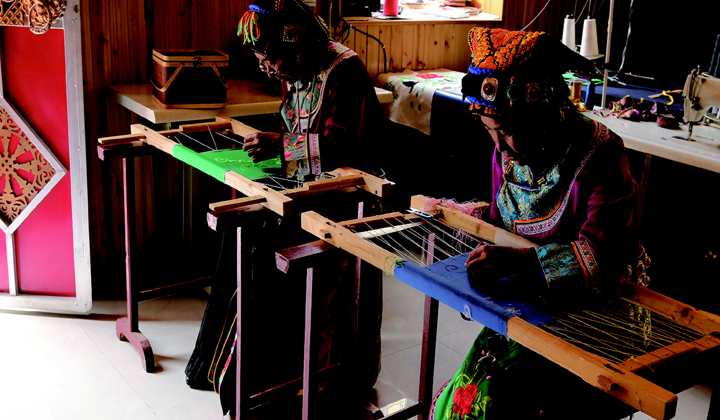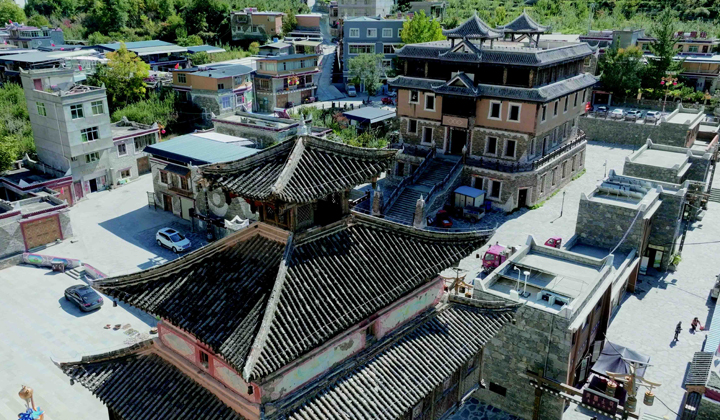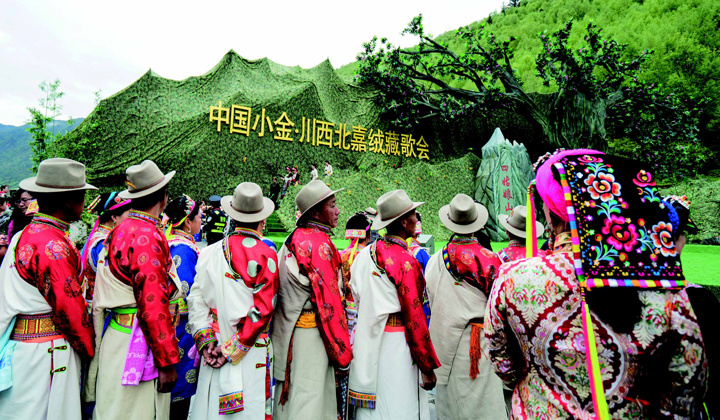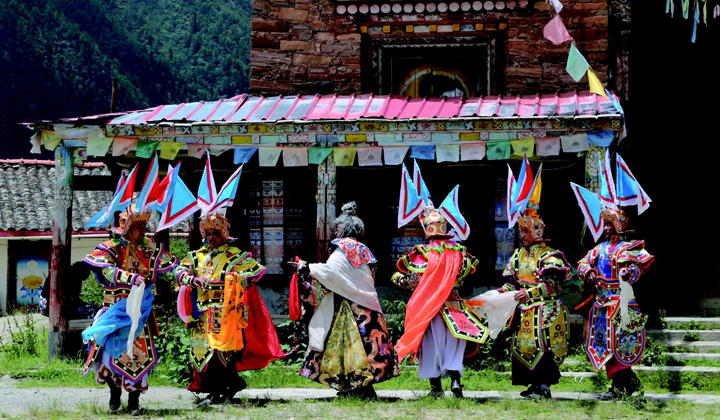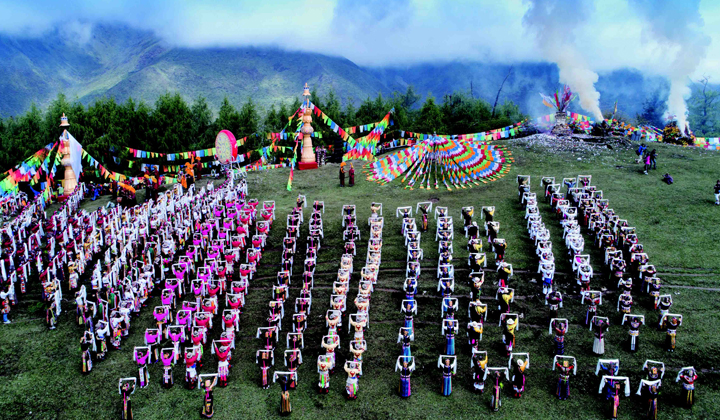History and Culture
Human activity in Xiaojin County dates back five to six thousand years ago to the Neolithic era.The region, once part of the Liangzhou domain, witnessed governance changes across various dynasties, transitioning under different ethnic groups and regimes. During the Sui and Tang dynasties, it belonged to Jialiang and Jiannan Dao. In the Song dynasty, it fell under the jurisdicition of the Chengdufu Route. By the Yuan dynasty, it was governed by the Bureau of Buddhist and Tibetan Affairs. In the Ming dynasty,the region was divided into Tusi (native chieftains), marking the beginning of the distinction between “Dajin”and “Xiaojin.” In the Qing dynasty, Xiaojin Chuan was named for its gold deposits. After two Jinchuan campaigns of 1749 and 1766, the autonomous chieftainates were brought into regular bureaucratic system, establishing the Meinuo Directly Administered Department, which was later renamed Maogong Tunwu Department. After the founding of the People's Republic of China, the Maogong County People’s Government was established in 1950, and in 1953, it was renamed Xiaojin County. geopark’s culture is deeply influenced by the Jiarong Tibetan culture, featuring distinctive regional features. Currently, the Geopark is home to various ethnic groups, including Han, Hui, Tibetan, Yi, Zhuang, Buyi, Manchu, Yao, Dai, Tujia, Li, Qiang, and Gelao, with Tibetans constituting 52% of the population marking it as a major settlement area for the Jiarong Tibetans. Guozhuang dance is an important traditional dance, the native attire blends Manchu and Tibetan styles, and the local diet mainly consists of beef and lamb.
Jiarong Culture
